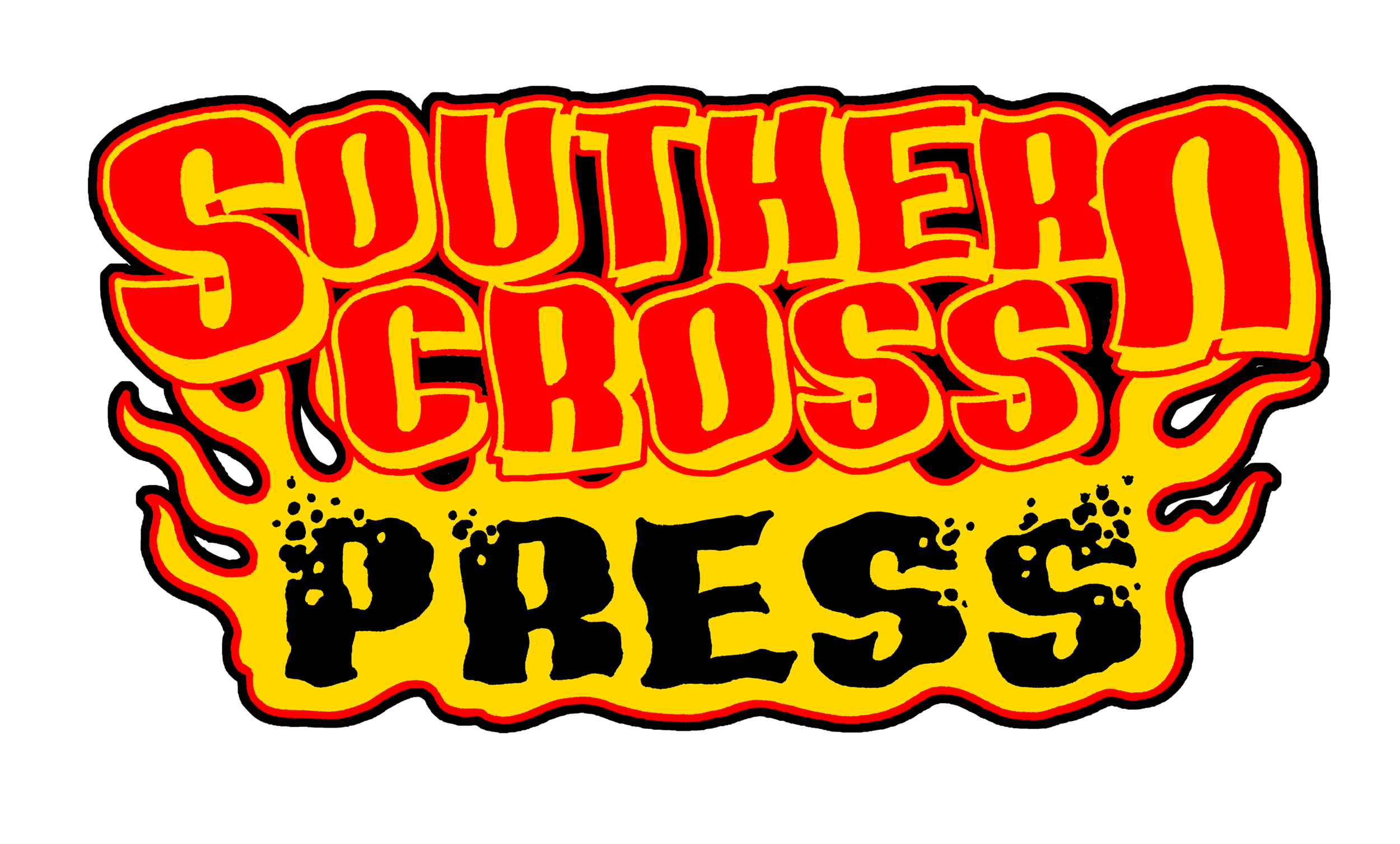GICLEE PRINTING
What is giclee printing?
Giclee is a French term meaning “to spray”, referring to how an inkjet printer works and how giclee prints are usually produced. These large format inkjet printers use small spraying devices that can both match color and apply ink precisely, giving artists a high-quality print of their original art. For a print to be considered a Giclee it must be printed with archival inks and paper. A thorough proofing and color matching procedure must also be done to the print file. Essentially a giclee is the highest quality art reproduction available today.
What does acid free mean?
This term refers to paper that is acid free, these papers are made using alkaline paper making technology. This means the pH of the pulp that is used to form the paper is above 7 (neutral). Essentially It’s paper that is made with materials that are not acidic.
What does archival mean?
Archival paper is acid free but is also buffered with an alkaline reserve, such as calcium carbonate, to neutralize acid compounds absorbed from the atmosphere or formed through natural aging. Basically It’s paper that is made with non acidic materials that has the capability of neutralizing environmental acids that it might absorb.
How long will a giclee print last?
The printers, inks and papers we use yield a print that will last 200+ years. The prints we make will outlast you and I, in many cases these prints will outlast the original painting.
Should I mail you my original painting for scanning?
To get the best quality prints with the most accurate colors requires us to have access to your original painting. Not only does it let us have full control over the scanning process, it also allows us the ability to proof the prints next to the original artwork, that way we can ensure the colors of your prints match as close as humanly possible.
How should I package my paintings that I’m shipping to you?
I recommend using Fedex or UPS for shipping. Both places also have many options for flat art boxes. I DO NOT recommend using USPS. If a package goes missing through USPS they will not reimburse you, even if you purchased insurance.
Can you print from a scan that I email you?
We definitely can! As long as the scan is clean and high resolution we can print from it. It’s important to remember that we won’t be able to color match the prints to the original artwork though, for that we’d need access to the painting for scanning and proofing.
Can I email you a digital/procreate file for printing?
Yes you can! We can print pretty much any digital artwork on any kind of paper. Just make sure the canvas size is at least as big as the prints you’re interested in and the DPI is at least 300.
How big can you print?
For giclees we can print 24” wide by any length. Here’s some large sized examples we can print. 18x24, 22x30, 24x36, 24x48, 24x60.
What’s the largest size you can scan?
We can scan paintings up to 42” wide by any length.
Can you scan paintings on mounted canvas?
Paintings on mounted canvas require photographing. We have the capability of professionally photographing any stretched canvas, from tiny 5x5 paintings to extra large 4’x6’ canvases. additional charges may apply if painting photography is required for your print job.
What’s the turnaround time for giclee printing.
Normal turnaround is 2 weeks from the time we receive your painting.
Can you mail me my prints?
Yes we can. We mail print projects daily through UPS.
Can I pick up my print order if I’m local?
Definitely! Picking your order up will save you the money of having them shipped.
I saw a printing company that is advertising lower prices. Why is that?
All giclee papers and ink have fixed prices. Everyone pays pretty much the same price. This means that giclee printing prices are fairly standardized. If another printing company is advertising giclee printing at drastically lower prices, there’s usually reason why. It may not be true giclee printing. They could be using generic non archival ink and paper. There might be add on charges for scanning, proofing and color correcting. Most of the time you’ll find that after these charges are added in you’ll be at the same price if not higher.
